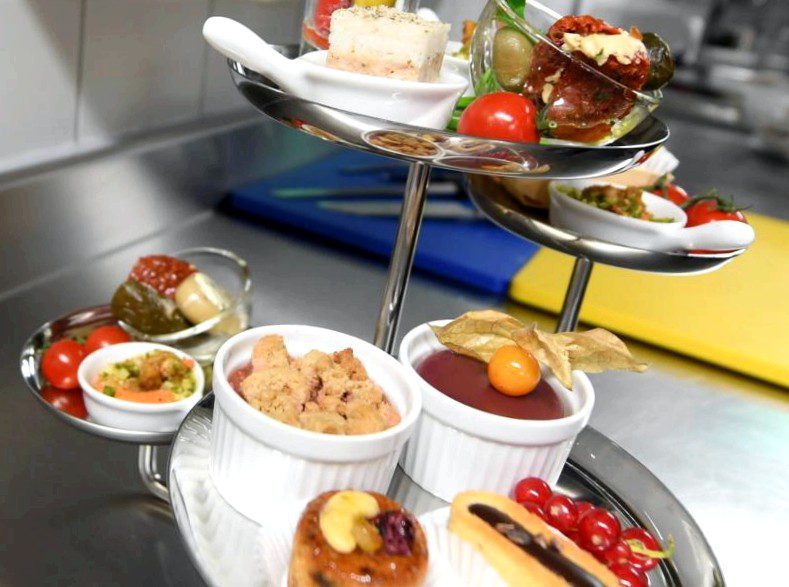
The taste of the big wide world, but at the same time regionality – in a multicultural metropolis like frankfurt this is no problem.
In the "food report 2020," which trend researcher hanni rutzler presented in frankfurt on monday, this also has a name: glocal, i.E. Global and local at the same time. On the one hand, consumers are often experienced travelers, on the other hand, they attach importance to environmental and climate protection. Food packaging is also a food trend for rutzler. "Even if we can’t completely do without it for the time being, we need a lot of new answers," says the austrian.
In her "food report," which is published by the zukunftsinstitut founded by matthias horx together with the lebensmittel zeitung and the dfv mediengruppe, food scientist rutzler sees a veritable revolution in eating culture. People are no longer just what they eat, but "increasingly also what they consciously do not eat," she says. The desire for healthy food is a trend for them that will continue and also apply to fast food. "That can also be vegetarian or vegan."
Even if vegetables play a major role on the plate, the trend researcher is not convinced of a vegan leading culture of the future, according to studies of the gastronomic scene and the analysis of nutritional behavior. "If you wipe a food culture off the table overnight, it can’t be majority-driven," she said. What is exciting, he said, is "the rapid increase in flexitarians, i.E. People who eat meat – but not always and not all meat."When meat is bought, it is bought consciously and with a question about the origin and husbandry of the animal.
But it’s not just what’s on the plate that’s currently undergoing a change that will also determine the next few years, says rutzler. "The strict belief in the trinity of appetizer, main course and dessert" is being replaced by more creative eating options, she describes the trend toward "snackification".
This does not mean reaching for a chocolate bar in the desk drawer, but for a small meal – mini meals, as rutzler also calls them. It can be something they put together themselves, ordered from a food truck or from the supermarket’s refrigerated section. Eat less, but eat light and healthy food, not at fixed times like the traditional breakfast, lunch or dinner, but whenever you feel like having this snack.
"Never before has it been possible to decide so freely and independently about food," says rutzler. Always provided the budget is right. For food trends, she admits, are a phenomenon of the affluent society. In addition, there is the general population trend: "forecasts and data show that single-person households are rising slowly but very steadily."
The question is not only whether one wants to cook at all, but whether it is fun to eat alone. But what does it matter alone? "Now you share the food through the photos and communicate with your network while you eat," says rutzler. "You can see what others are doing and what they are eating. You do not chew your food listlessly, but share the topic."
Beyond the aesthetics of food shared via social networks, art and design have also changed the way we look at food, the trend researcher believes. At the presentation of the report in a frankfurt gallery, for example, this applies to the mainz conceptual artist christine straszewski, who presents the installation of an alchemical laboratory in which the classic snack products of a "pfennig-budchen" are arranged. "Just not so shy!" calls the artist. Tasting is expressly desired. Tastes somehow like childhood memories. "That’s the way it’s supposed to be," says straszewski, adjusting a wine gum snake. In art, too, the eye eats with the body.